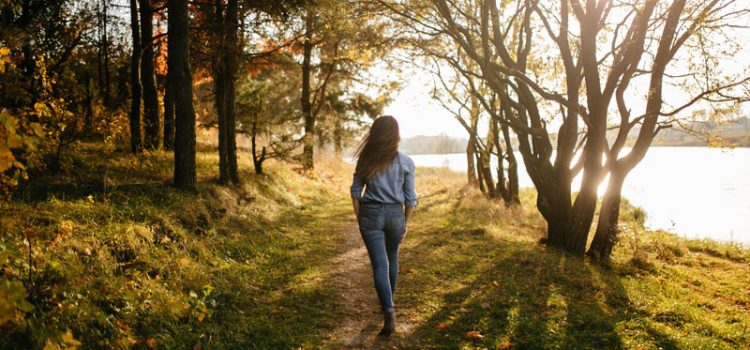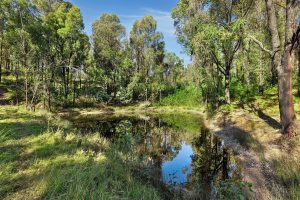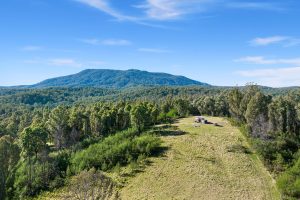
When I first heard the term ‘Forest Bathing’ I must admit, I was sceptical at best, and put it down to another fad but a recent event at the Southeast Forestry Hub made me think again. The Hub’s manager, Rob de Fegely, spoke of the scientifically proven health benefits for taking a walk through a forest. According to Rob, compounds released by trees, known as phytonides, have been shown to increase the activity of natural killer cells, which helps to improve our immune function.

Phytoncides are chemicals released into the air by plants, particularly trees and shrubs. They are volatile organic compounds (VOCs) that are part of a plant’s natural defence system against insects, fungi, and other potential threats. When we breathe in phytoncides, they can have a variety of positive biological effects on our bodies such as the lowering of levels of stress hormones like cortisol, and activating the para-sympathetic nervous system or the rest and digest system as it is often called. Furthermore, Phytonicdes can actually help decrease our blood pressure and heart rate.
The term Forest Bathing has been popular for some time with the Japanese who also refer to it as Shinrin-yoku, i.e., a practice of spending time in nature surrounded by trees and other elements of the forest which consequently help reduce an individual’s stress and anxiety levels.
The health benefits of being immersed in forests and other natural environments were published in 2005 in Richard Louv’s book ‘Last child in the woods’, since then there have been numerous bodies of research to advocate that simply spending time in nature especially among trees is good for a person’s wellbeing. A recent study of 20,000 people by Mathew White from the University of Exeter showed that spending a couple of hours a week in nature let to the reporting of good mental and physical health.
Other benefits of activities such as Forest Bathing discovered from research includes improved mood, increased happiness, decreased symptoms of depression, and reducing the risk of cardiovascular disease. Forest Bathing has also been linked to increased attention and focus, as well as improved cognitive function in children with attention deficit hyperactivity disorder (ADHD).
During a recent tree growers’ course run by expert Agro forester Rowen Reed, I also learned of the community and economic benefits of trees and other green spaces in urban areas. Increasing the number of trees in suburbs have actually resulted in less crimes being committed. A 2013 study by the University of Vermont found that neighbourhoods’ with higher levels of canopy cover had lower crime rates, and neighbourhoods’ with more trees have been found to have increased property values, hence attracting more investment, resources, and opportunities to the area. During our tree growers course my old home, Singapore, known for its extremely low crime rates, was given as an example. Singapore has a policy called the “Greenery Replacement Scheme” which encourages building owners to replace greenery lost during construction with new trees and shrubs. The policy requires developers to provide green space, such as rooftop gardens or vertical greenery systems in new buildings that are in place of the trees removed during construction. In addition to the Greenery Replacement Scheme, Singapore has other policies related to greenery and sustainability. For example, the city-state has a program to plant one million trees and has invested in green infrastructure projects, such as building park connectors and expanding the network of cycling paths to encourage active lifestyles. I can certainly vouch for Singapore’s beautiful landscaping which helped make it a very liveable and safe city.
Further benefits of trees can help to reduce pollution, improve air quality, and lower temperatures which are becoming more relevant as our climate warms.
However, despite the perception that Australia is all about the great outdoors, recent research published by Victoria Health shows that the average Australian spends 80 to 100 percent of their time indoors.
One way to enjoy the health benefits of the forests and other natural environments is to spend weekends in the country. NSW has many options to allow people to enjoy Australia’s amazing forests, and native flora and fauna. So, let’s all improve our well-being and treat ourselves to those all-important phytonides by simply taking a walk and being surrounded by trees.

When sitting on the deck at Twin Peak Tiny all you will see is meadow, forest and bush.
